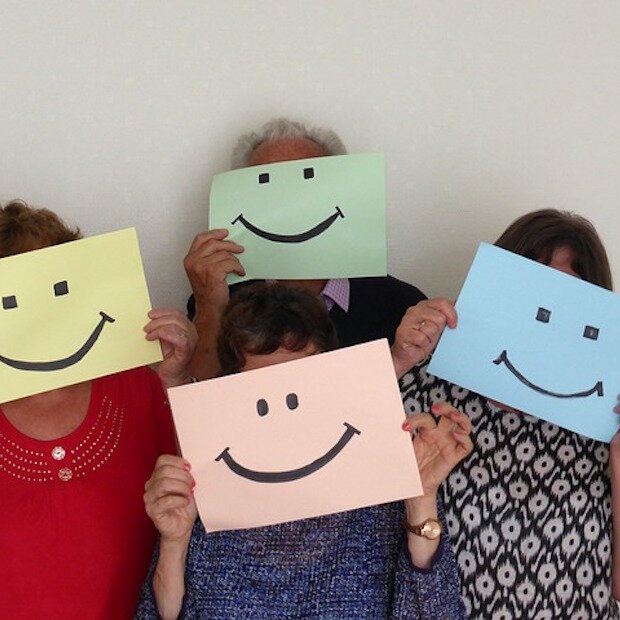Making it happen
/Sam Syed is co-founder, CFO and COO at Capsll, an app that enables users to gather their once-scattered memories into digital time capsules. Sam was born in London and is one of six brothers from a working class family. He has a Portuguese and Pakistani heritage and became aware of racism at a young age. but feels this helped him build his resilience. He looked on himself as different but in a good way. He was the only coloured person in his group so any racial slurs toughened him up and made him a better person. His working class background also meant he grew up wanting things but didn't always get them. His friends all got weekly pocket money but he didn't and he quickly realised that he would have to break the mould so he could obtain things for himself.
Sam says he had a fantastic childhood and upbringing but is also thankful that it wasn't ‘silver spooned’ so that what he accomplished was from his own personal success. He thinks his biggest success is that he never settles and that he’s always looked for the ‘what if’. He started his career as an equity broker in London advising clients on Commodities, Equities and FX, eventually rising to the role of Derivatives Trader.
In 2012 he was offered a wealth management position in Dubai helping clients achieve their financial goals through all areas of wealth management. Originally he wanted to think about it but he now thinks it was the best decision he ever made. After building a successful career in Dubai he was then asked if he had ever thought about moving his career to Manhattan. He hadn’t but he was very curious and that was what took him to New York. The first year was very difficult. The salary he had been promised didn’t materialise and he was unable to move any of his clients from Dubai so he had to start from scratch but he managed to build a new ‘empire’ in New York and won some national awards. It was at this point that his long time friend Clint called him with an idea he wanted to run past him.
Sam’s passion for history and philosophy added to the lessons he had learnt as a boy and from the time he spent in Dubai and New York meant he was up for the challenge and he moved from managing other peoples wealth to having to create a new business. He feels that building from scratch is much harder. The challenges he faced during the start- up of Capsll App were completely different to those in the corporate world. Having raised all their funding, he realised the things that he had left behind – the support from a mentor or boss, a calendar filled with what you should be doing and when which provides a routine and structure for each day.
Sam feels you need external help and advice as well as internal support and help. There is a fear in the corporate world now that you can’t disagree with each other. But if you cant have disagreements then innovation and creativity disappear. If you have different views or highly passionate and enthusiastic people conflict is inevitable. Companies need heated debate but also a way of not making things personal so you can see the point of the conversation in the first place.
Sam is now excited to be making a difference to people’s lives by utilising the Capsll App and helping them preserve memories of their legacy in a different way.
You can listen to the podcast in full and find out further information here. Our upcoming guest list is also available along with our previous blogs.
For more information, please visit https://www.capsll.app/






































